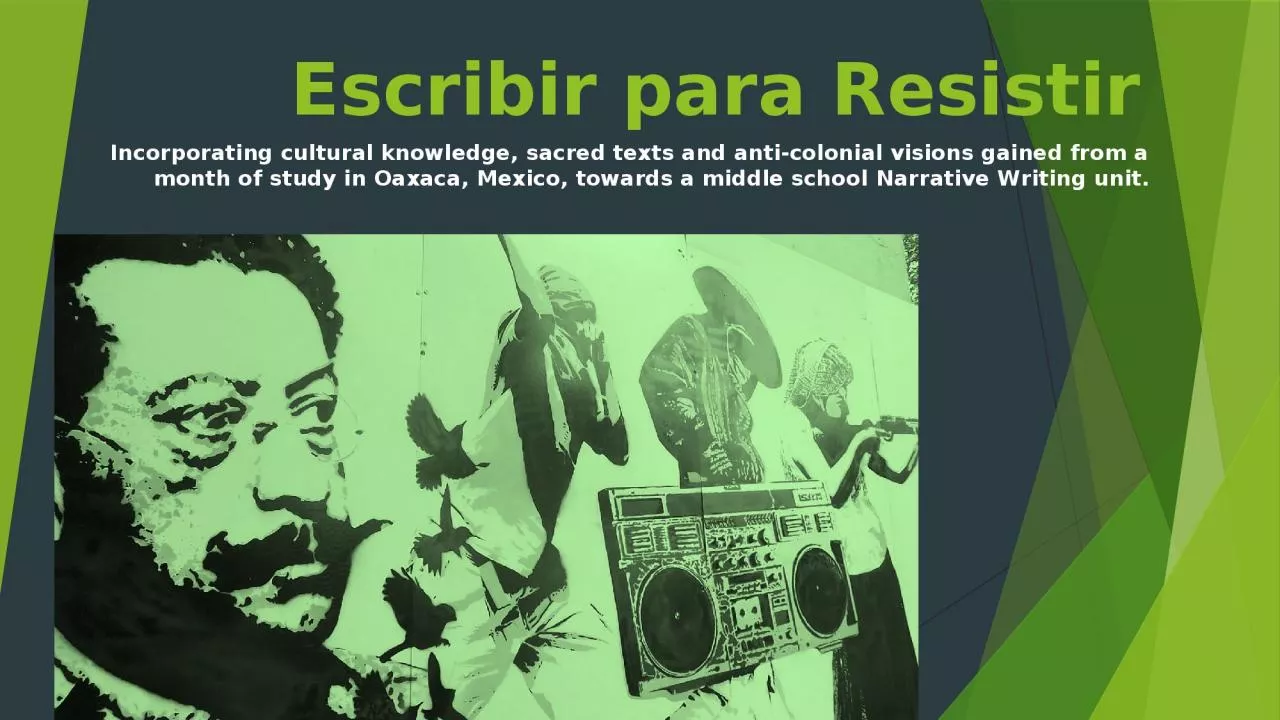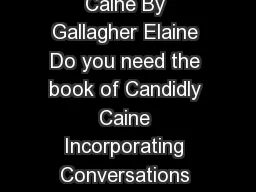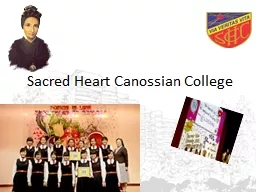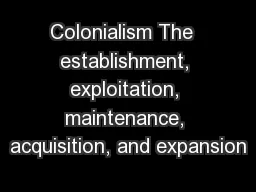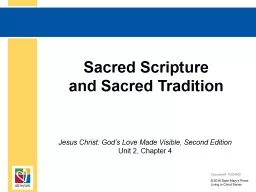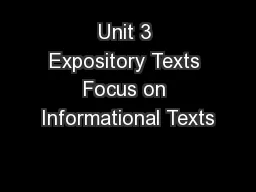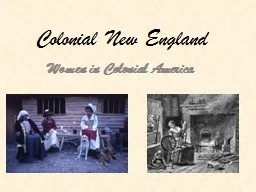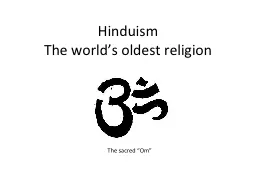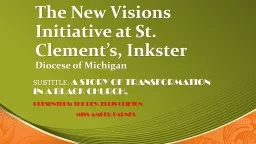PPT-Escribir para Resistir Incorporating cultural knowledge, sacred texts and anti-colonial
Author : morgan | Published Date : 2024-03-13
Narrative W riting unit Week Origins of Writing Mesoamerican Historical context Cradle of writing Glyphs stelae codices used to express ideas to write to
Presentation Embed Code
Download Presentation
Download Presentation The PPT/PDF document "Escribir para Resistir Incorporating cu..." is the property of its rightful owner. Permission is granted to download and print the materials on this website for personal, non-commercial use only, and to display it on your personal computer provided you do not modify the materials and that you retain all copyright notices contained in the materials. By downloading content from our website, you accept the terms of this agreement.
Escribir para Resistir Incorporating cultural knowledge, sacred texts and anti-colonial: Transcript
Download Rules Of Document
"Escribir para Resistir Incorporating cultural knowledge, sacred texts and anti-colonial"The content belongs to its owner. You may download and print it for personal use, without modification, and keep all copyright notices. By downloading, you agree to these terms.
Related Documents

